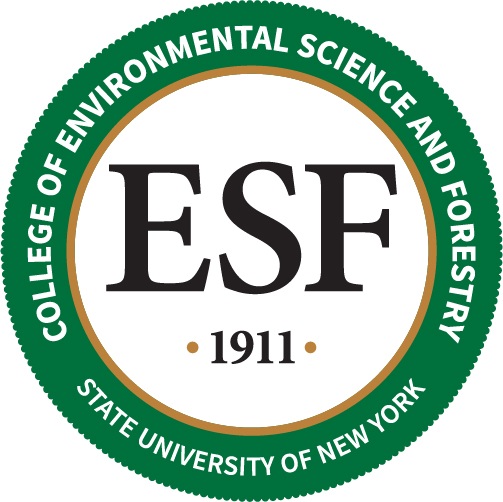Newswise — As lengthening daylight hours loosen the ground with a thaw, Eastern coyotes will begin performing their own rites of spring: digging dens in preparation for the birth of their young.
Across forests and farmlands, leafy suburbs and sparsely populated mountain ranges, coyotes throughout the East will be doing what they do well: adapting and thriving.
"They are about the most plastic and cosmopolitan species out there," said Dr. Jacqueline Frair, a wildlife ecologist at the SUNY College of Environmental Science and Forestry (ESF) in Syracuse, N.Y. "They are the ultimate opportunistic omnivore. They will eat anything: crickets, corn, small mammals or deer."
Frair's work is immersed in New York's coyote population. She is a principal investigator in a five-year, $670,000 study, funded by the state Department of Environmental Conservation (DEC), that aims at getting a better idea of how many coyotes live in the state and where that population is distributed, and what effect, if any, their eating habits could have on New York's white-tailed deer herd.
Frair and two graduate students, along with volunteers both in the field and in ESF laboratories, are taking a high-tech approach to those questions. They are trapping coyotes, collaring them with global positioning system (GPS) units or VHS radios, and then painstakingly tracking them in search of feeding sites and scat piles.
The $4,500 GPS collars record the animals' location every hour and transmit it to the researchers' handheld units. The scientists download the information into a computer, map the coyotes' whereabouts, and return to the field to backtrack where the animals have been.
They find feeding sites and assess what the coyotes have been eating. . They also find scat deposits along trails and bring them back to the lab, where ESF students develop a DNA fingerprint that identifies each individual animal. The students also do microscopic inspections of the scat to determine in great detail what types of prey have been consumed. Their research can indicate, for example, not only that a certain coyote ate deer, but whether it was an adult or fawn.
"It involves a lot of people walking around looking at trails," said ESF master's student Christina Boser. "It can be interesting. People have seen bobcats and bears out there. It's a lot of work. Eight-hour hikes can be tiring."
The scat is washed and dried, which removes the fecal matter, leaving behind undigested hair, teeth and bones that are clues to the coyotes' diet.
"The hair is the most valuable tool we have," Boser said. She can sort it by size, shape and color, then use a microscope to look at the scale patterns for more detailed information about its source. She has found evidence of adult deer; fawns; small mammals such as mice, chipmunks and squirrels; and turkey.
The current research sites are in Steuben County, in New York's Southern Tier; and in Otsego County, southeast of Cooperstown. The locations were chosen because neither is densely populated by humans and both are highly agricultural, but they have different numbers of deer. The deer population is much denser in Steuben County.
Just more than a year into the five-year study, Frair said early results show coyotes in Otsego County appear to be eating more deer than their Southern Tier counterparts. The reason for this is unclear.
The researchers have determined that most of the deer that were eaten had not killed by the coyotes.
In May, Frair's team plans to use remote cameras at den sites to record the coyotes' behavior.
Coyotes are the most common large carnivores in New York state. They are particularly interesting, Frair said, because they are not native to the eastern United States. They spread from their native Western range only after humans extirpated wolves and cougars in the East. The first recorded sighting of a coyote in New York state occurred in 1925. The DEC now estimates there could be 20,000 coyotes in the state. They have been seen in every county outside New York City and Long Island.
Scientists are not sure how the coyotes affect the ecosystem. Frair said coyotes often kill red foxes, which are their closest predatory competition. Reducing red fox numbers can alter the abundance of their rodent prey. That change can, in turn, affect the plants that the rodents eat. And coyotes seek out the same food as lynxes and bobcats, which can leave the felines short on meals. Coyotes do kill adult deer and fawns. Frair's research will identify how often coyotes kill deer that are already week or injured, which will help the researchers assess the effect of coyotes on deer populations.
Coyotes in New York weigh an average of 35 to 40 pounds. They live in family groups, typically a mated pair and their offspring, until the parents drive away the young before the next litter arrives. Their home range is about seven square miles.
The animals are often erroneously referred to as "coy-dogs," but Frair said they rarely breed with domestic dogs. When coyotes first appeared in New York, they sometimes bred with dogs, but their own species is now plentiful enough that interbreeding is not required, Frair said.
"The idea of the coy-dog persists," she said.
(photos are available)
